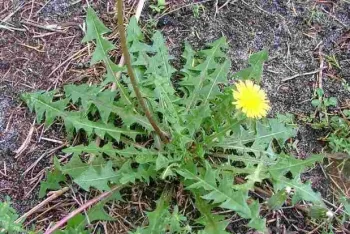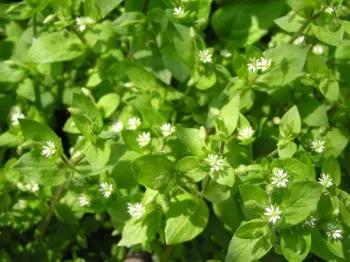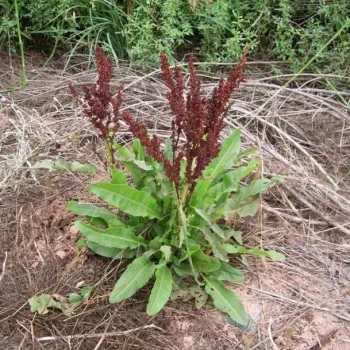The Power of Weeds
The Power of Weeds
Francha Barker, Master Gardener
Let's get the definition of weeds out of the way first because to dwell on it sets the tone for undesired negativity. Commonly and simply, a weed is a plant growing where it is not wanted. Weeds have special qualities giving them such power. Understanding those qualities, we can harness their power.

Weeds start showing up when a site has been disturbed from, mostly, human activity like gardening, construction, or fire. Wind and rain erode the ground. The ground gets walked on and compacted. Gravity moves soil down inclines. After a disturbance, bare land starts bleeding topsoil and nutrients, setting off a decline in soil health. In exposed soil, moisture doesn't retain or maybe enter. With less water, microorganisms struggle to survive. And on and on, the affected species survivals of plants, insects, and animals.
Nature has called weeds to rescue the soil. They jumpstart soil healing. Quick to establish, weeds rescue soil from the stresses of temperature extremes, bareness, poor moisture retention, water loss, microorganism depletion, and inadequate aeration. Weeds metaphorically stop the soil bleeding and resuscitate breathing. Bleeding must be stopped, and weeds are nature's primary defense system.

Some weed species come to the rescue and hold the soil in place. For example, Taraxacum officinale (dandelion) is a perennial which grows from a large, thick taproot, deeply anchoring the plant and catching and holding water.
Some weed species come to the rescue and cover the ground, like a band aid to cover the bare soil and stop the bleeding of erosion. For example, Stellaria media L.(chickweed) is an annual which creates lush, green mats protecting the soil while it heals.

It follows that which weeds are seen to show up can tell us the condition of the soil. Now we can truly harness the power of the weeds as soil health indicator plants. The aforementioned examples are indicators of conditions which might be a problem for our desired plant but make the weeds right at home. With that knowledge, we can change the conditions or choose a plant that is more suited to the conditions. University of California Agriculture and Natural Resources Master Gardeners are here to help.
Here's some more food for thought about the power of weeds:
Do you mulch with weeds?
Do you eat weeds?
Do you intentionally grow weeds to attract beneficial insects?
